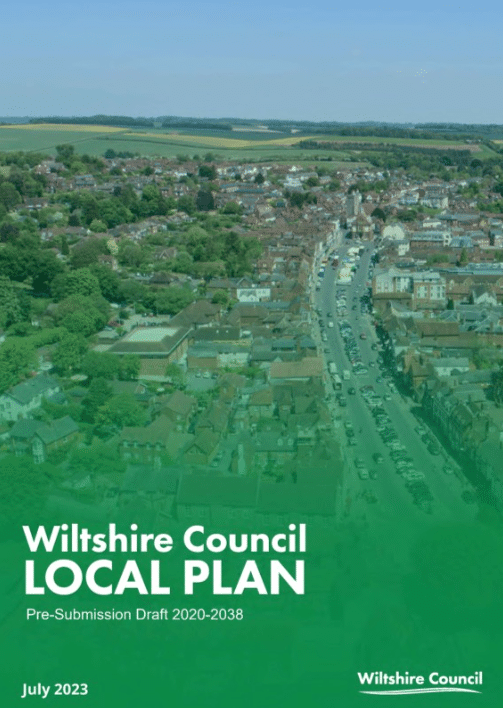Wiltshire Council Local Plan Review – Where to look for housing sites?
Tuesday 18 July saw the next step in Wiltshire Council’s review of its Core Strategy with the Wiltshire Council Local Plan Review being presented to Full Council. At this lively meeting, members agreed that it should move forward to the Regulation 19 Consultation and we thought it useful to summarise the key strategy points arising from it.
Given the number of site-finding platforms available on the market, we thought it timely to provide some context & nuance for those searching for new opportunities, whether large or small. Those who are familiar with the current Plan know that its settlement strategy is based on:
Principal Settlements
Market Towns
Local Service Centres
Large and Small Villages
Policy 1 of the Local Plan continues where its predecessor left off and the hierarchy remains largely unchanged as does the approach to new housing development. The new Plan looks to maintain its predecessor’s approach in directing new housing development to allocated sites (in the Plan or a Neighbourhood Plan) or to those locations with Settlement Boundaries. The exception is in Small Village locations where only “infill” will be supported (as these settlements have no defined boundaries).
Policy 2 The Plan’s overall housing target has dropped from earlier consultations, now running at 36,740 homes, as opposed to over 40,000 to 45,000 previously suggested in 2019. The Officer’s Report accompanying the plan reports the approximate distribution of housing is:
Principal Settlements – 40%
Market Towns – 36 %
Local Service Centres/Large and Small Villages – 22%
Policy 1 identifies the towns and villages which form the top three tiers of the Settlement Hierarchy. In terms of Large and Small Villages, these total 58 and 148 settlements respectively and require reading of the relevant parts of the Plan. Policy 2 provides more detail on exactly how development will be delivered.
The Regulation 19 Stage of the Plan is the critical part of the Plan-making process and those with land interests whether large or small be they greenfield or brownfield are strongly encouraged to get involved with this process to promote their interests.
Having reviewed the Plan, there are some interesting policy avenues to explore and development opportunities to explore and Nathan McLoughlin and his team would welcome the opportunity to discuss these with you.
